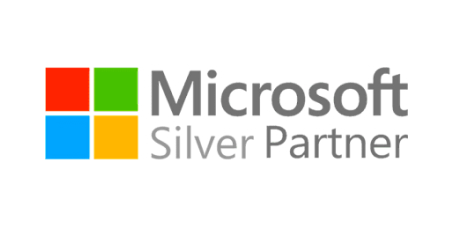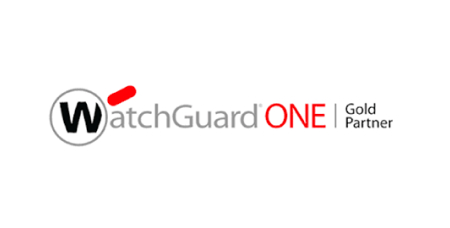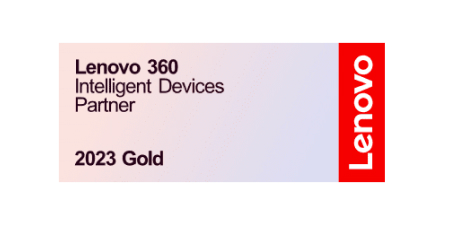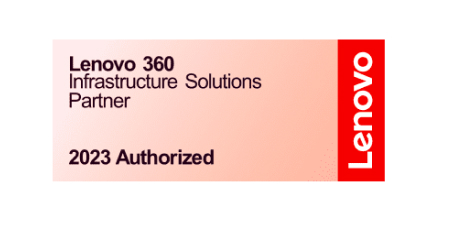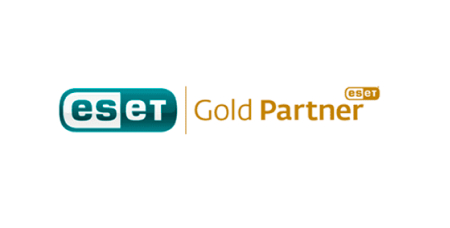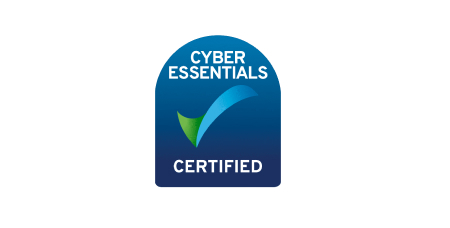Making IT Amazing
Why do we have the paradox that instead of improving agility and cohesion, ‘enabling’ more flexible working patterns, the opposite can be the case with IT investment?
Instead of better information flow, for example, access to relevant data is more complex, while any expected reduction in the operational costs of the business fail to materialise.
The implications are increased vulnerability, as well as an impact on effectiveness, an increased difficulty in remaining competitive and being on the same wavelength as their customers. For a report being researched and written by DECISION magazine for HB Tech, companies consider what they need to address if IT is to deliver key objectives.
This is one of the papers to be published in the report.

Trefor Brayley
Managing Director
Saith Limited
“IF WE ASSUME that most companies in our sector will be using similar systems, then apart from their ability to use them properly, what differentiates one from another? It has to be people, their experience, qualifications, and ability to have a positive relationship with the client, coupled with IT which enables them to deploy those skills.”
Trefor Brayley is the founder (in 1999) and managing director of Saith Limited, an engineering management consultancy specialising in the oil, gas and petrochemical sectors across the world, with thirty people and three offices.
“I’m old enough to remember what an engineering consultancy looked like forty years ago,” he continues. “What IT enables a firm of our size to do now is more and bigger projects with less human resource, and to more easily take into account health and safety, environmental and buildability requirements.
“When we first started, deliverables were in hard copy format but today of course it’s all digital, although I wouldn’t say the industries we work in have been at the forefront of driving that change. We realised that to grow our position we had to take more of a lead in introducing IT. So for example five years ago we had a stand alone computer-aided design system, but now it’s fully integrated and no matter where someone is, anywhere in the world, they can access a 3-D model in the system online.
“We use 3-D modelling to show clients what happens during the progression of their project, and what that looks like at each stage. Yes, a picture tells a thousand words. It’s a great way of communicating, and although we didn’t introduce it because of client demand, now it’s something they expect. There are a lot more elements within 3-D modelling, which means consistency of approach is an imperative as the database is built up over time.
“Previously what we produced was a set of drawings, a specification, and a list of materials, and each would have been prepared separately. Now the design process generates the list of materials which improves accuracy and consistency, and document management is integrated.”
“The reason we have focused on going down the integrated route is all about driving quality,” says Brayley. “It isn’t the client telling us what they want in IT terms but our recognising the necessity of providing the best possible service and that IT is the mechanism to achieve that. Larger companies are much more focused on the purely financial return on their IT investment, which can make it harder for them to justify and get approval. Our measure is primarily the improvement in service and delivery.
“But we’ve never made a big song and dance about our IT capabilities: we’ve just got on with it.”
An attitude which meant Saith Limited took Covid-19 lockdown restrictions in their stride. “I have always preferred face-to-face meetings but with the pandemic forcing us to communicate remotely, we might have experienced a step change,” says Brayley. “We have all benefited from not wasting time travelling to meetings, and that is significant for a small firm, but the impact in terms of developing relationships… I couldn’t answer that.
“What we have to do is to take into account all forms of communication, whether it’s in person, by phone, or online, so that we can meet the client’s preference. What Covid-19 has resulted in is a more positive approach to IT. Previously we had always offered clients video conferencing, but being forced to use it because there was no alternative has completely changed their view.”
So how does the company review its deployment of technology? “Our senior management team meets monthly and IT is always an agenda item,” explains Brayley. “The discussion is more about what needs to be updated and the investment required and at various times someone will suggest looking at particular new software or something that a competitor is doing.
“The keywords are affordability and benefit; will the investment improve what we deliver to the client and how we deliver it?”
Researched and published by
DECISION magazine
www.decisionmagazine.co.uk


